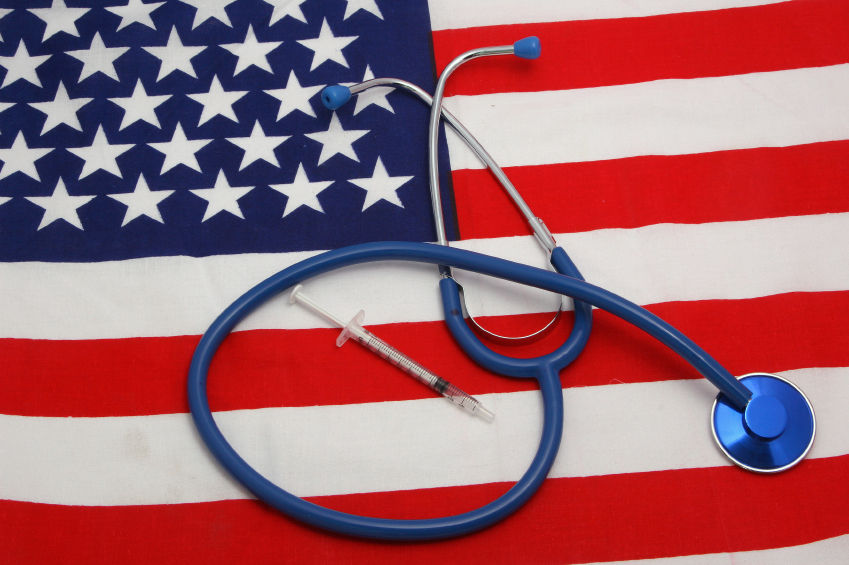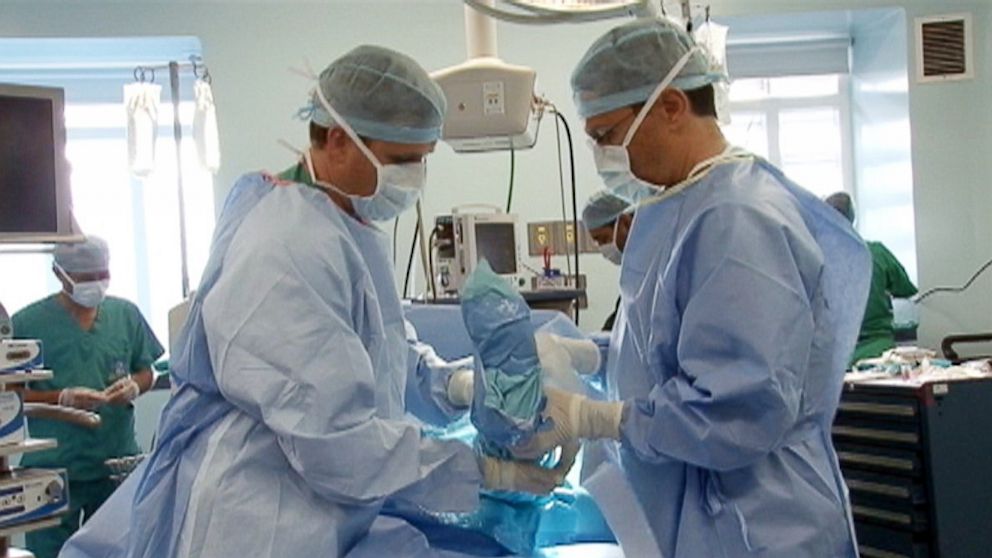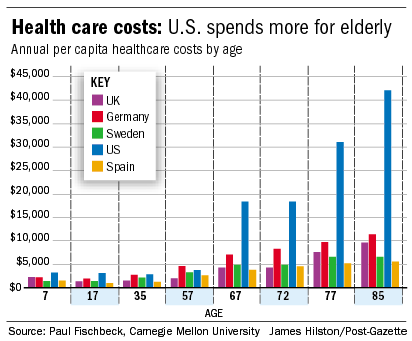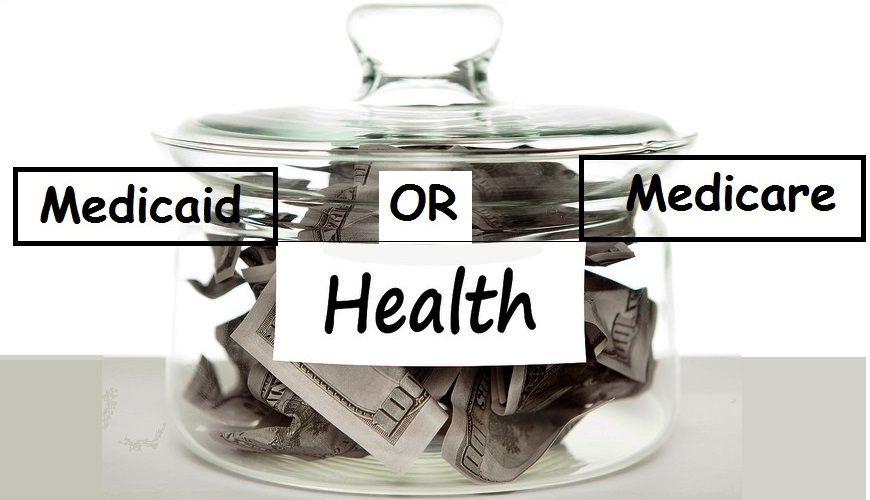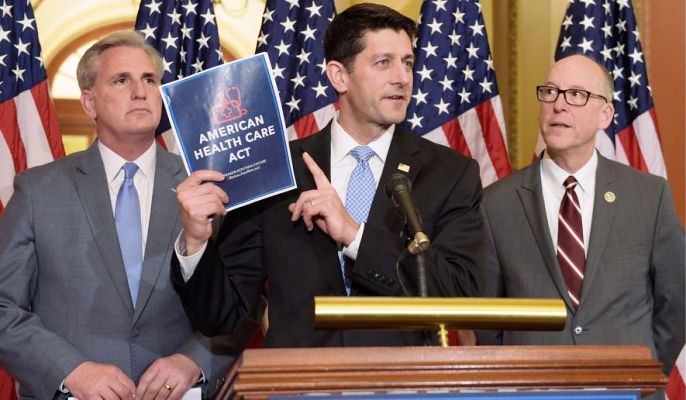Table of Contents
Information about American Social Insurance
American social insurance spending, measured in trillions of dollars, boggles the brain. A year ago, the USA burned through $3.2 trillion on social insurance – a number so extensive that it can be hard to handle its scale.
Another review distributed in the Journal of the American Medical Association uncovers what patients and their safety net providers are spending that cash on, separating it by 155 ailments, persistent age, and class, for example, pharmaceuticals or hospitalizations. Among its discoveries:
- Medical going through increments with age – except for babies. Around 38 percent of individual wellbeing spending in 2013 was for individuals over age 65. Yearly spending for young ladies somewhere around 1 and 4 years of age found the middle value of $2,000 per individual; more established ladies 70 to 74 years of age arrived at the midpoint of $16,000.
- Chronic – and frequently preventable – illnesses are an immense driver of individual well-being spending. The three most costly maladies in 2013: were diabetes ($101 billion), the most widely recognized type of coronary illness ($88 billion), and back and neck torment ($88 billion).
- Yearly spending increments aren’t uniform: Over an almost two-decade time span, diabetes and low back and neck torment developed at more than 6 percent every year – much quicker than general spending. In the meantime, coronary illness spending developed at 0.2 percent.
The examination gives some understanding of what’s driving one especially huge measurement: Within 10 years, nearly a fifth of the American economy will comprise human services.
The vast majority of the examination of human services in America has concentrated on access to protection; however, the spending breakdown demonstrates that the greatest open doors may come in avoiding infection.
The specialists additionally broke down spending on general well-being and counteractive action. In a different publication, Ezekiel Emanuel, a previous human services counsel to President Obama, called attention to that the biggest general well-being spending was on HIV. Be that as it may, less than 7,000 Americans passed on account of HIV/AIDS in 2014 and it positioned 75th on the rundown of ailments by individual wellbeing consumptions.
“A couple of general well-being dollars concentrates on way of life conditions that eventually add to the larger part of constant ailments seen today,” Emanuel composed. Low back and neck torment, for instance, positioned low on the rundown of general wellbeing consumptions with $140 million in general wellbeing subsidizing, however high on the rundown of social insurance spending. Tobacco control got $340 million in general wellbeing spending; however, smoking adds to a few maladies that drive medicinal services spending
The information demonstrates that the essential drivers of human services spending change impressively. For instance, the greater part of diabetes care is spent on medications, while just around 4 percent of spending on low back and neck torment was on pharmaceuticals. For the most part, all the more spending is done on elderly individuals, yet around 70 percent of the spending on low back and neck torment was on working-age grown-ups. Such experiences give an approach to discovering the drivers of development in social insurance spending and to dispatch systems to control it.
“Information like this keeps on attracting consideration regarding the reality a great deal of these recommendations being talked about controlling social insurance costs truly don’t address the basic issue, which is rising ailment pervasiveness,” said Ken Thorpe, a teacher of wellbeing arrangement at Emory University who was not included in the review but rather has done comparable research. “You see this ascent in ceaseless ailment spending a lot of it is conceivably preventable.”
What the information additionally shows is that conditions that drive social insurance spending aren’t really the ones that strike a chord when individuals think about medicinal services. Falls were the fifth-most astounding reason for well-being spending, followed nearly by misery. Pregnancy and dental care were in the main 15.






